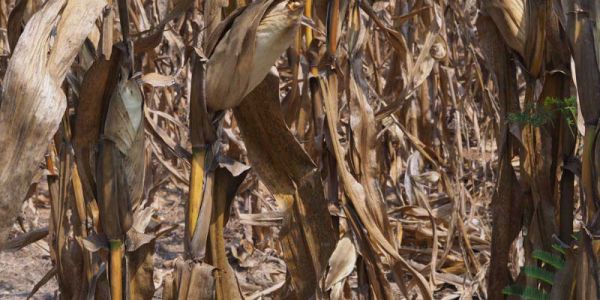What are resilient foods?
Even if a global catastrophe devastates the world’s food systems, everyone on Earth could still have enough to eat. But only if we collaborate today to develop the foods, technologies, and systems that ALLFED calls “resilient foods“ and “resilient food solutions.“
We’ve previously referred to these foods as “alternative foods.” Others have called them “disaster-proof foods,” “emergency foods,” or a “disaster diet.” One reason we like “resilient” is that ALLFED’s work is driven by the belief that global food production and distribution needs to be resilient to any catastrophe that might arise.
Some global catastrophes might reduce sunlight, causing global temperatures to plummet and destroying crops. Others, including simultaneous extreme weather events (e.g., flooding in one region and droughts in another), might lead to “multiple breadbasket failures” (MBBF) across many continents. In all cases, a 5% loss in global calorie output could lead to massive, worldwide famines—unless we have backup plans to produce and distribute resilient foods.
At ALLFED, our mission is to help create resilience to global food shocks for a variety of catastrophes. We study low-tech, resilient food solutions, such as scaling up farmed seaweed, building greenhouses, extracting leaf protein concentrate at a small scale, and relocating cool-tolerant crops. We also research higher-tech solutions, such as developing single cell protein, extracting sugar from woody biomass, producing industrial-scale leaf protein concentrate, and more.
Learn more below about the catastrophes that could impact global food supplies and the solutions ALLFED recommends to ensure people around the world would have access to the nutrients they need.

Resilient food solutions
In the last decade, we’ve studied several options for resilient food solutions. We’ve looked at both low-tech and high-tech solutions, and we’ve identified the options that are most affordable and that will feed the most people quickly. We’ve assessed options for pilot projects in countries that could implement solutions most quickly, and we’ve studied how to respond to different catastrophes that could reduce food supplies and impact supply chains.

Catastrophic risks to food
ALLFED recognizes four categories of catastrophes that have the potential to lead to a 5% loss in global calorie output. Different categories of catastrophes overlap to some extent, and this potential for interaction between catastrophes could make each of them more likely, and more harmful.
